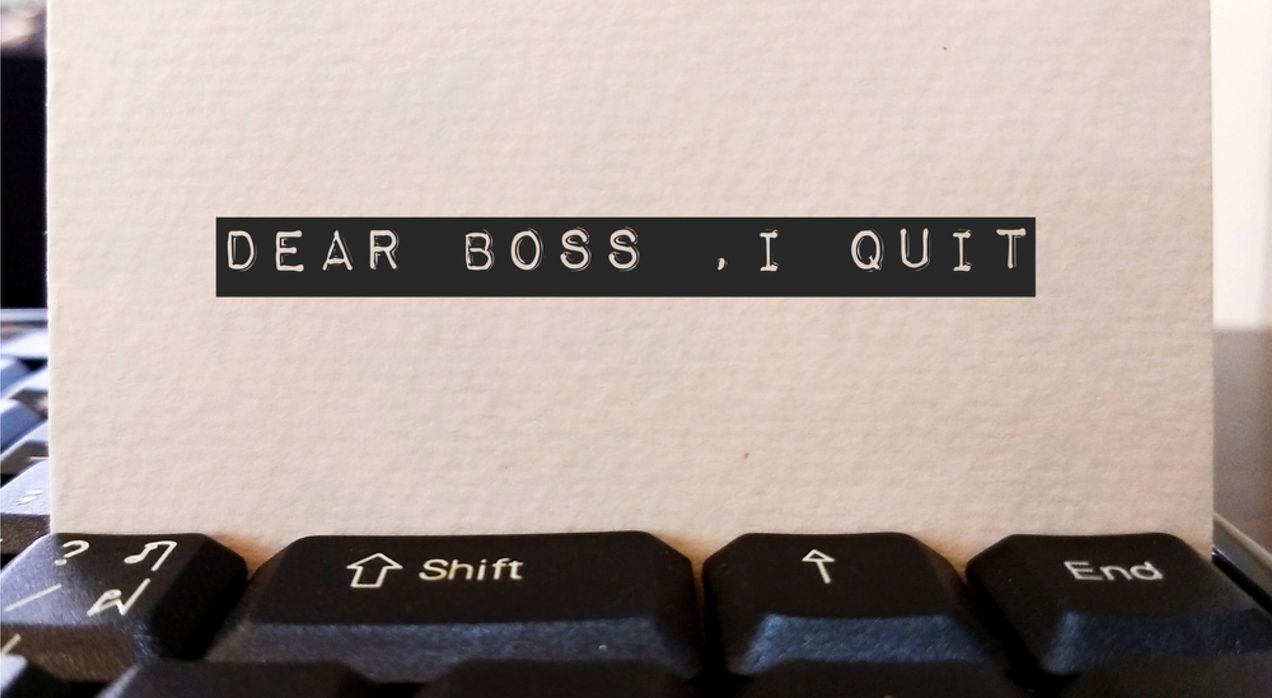Employee development plan template: How to help your team grow with clarity in 2026
An employee development plan template is a structured roadmap that outlines goals, skills, and actions to help employees grow, align with business objectives, and advance their careers.
Deskless workforce communication problems: Why it’s broken and how to fix it in 2025
The global workforce, particularly the deskless workforce, includes employees who spend little to no time working at a traditional desk or office environment. They’re the people keeping operations running in the field, on the shop floor, or face-to-face with customers.
30+ IT department survey questions for employees: What to ask, how to ask, and why it matters in 2025
An IT department survey for employees is a structured way to gather feedback on how well your internal tech systems, services provided, and support are actually working for the people using them every day. It goes beyond ticket counts or system uptime stats—it taps into the employee experience.
How to approach eNPS calculation in 2025: A complete guide
eNPS, or Employee Net Promoter Score, is a metric designed to measure employee satisfaction and loyalty within an organization. Built on the traditional Net Promoter Score (NPS) model, eNPS gauges how likely employees are to recommend their workplace to others and are engaged in the company.
Company surveys for employees: 15 Different types every HR team should know
Explore the top 15 employee survey types and 100+ ready-to-use questions that help HR leaders gather honest feedback, improve engagement, and strengthen workplace culture. Learn how the right survey design builds trust and turns responses into actionable insights.
Employee engagement in food and beverage industry: A complete guide (Examples & survey questions)
Employee engagement in the food and beverage industry is key to reducing turnover. Explore examples, survey questions, and tools that help build loyalty, trust, and stronger workplaces.
Employee satisfaction survey results: Communication best practices for better engagement
Employee satisfaction survey results communication is the process of sharing the findings of your internal surveys back with employees in a clear, timely, and meaningful way. It goes beyond just showing numbers or percentages—it’s about translating the employee feedback data into insights.
Job satisfaction survey template for enterprises: A strategic guide (2025)
A job satisfaction survey template is a structured framework HR teams use to measure how employees feel about their roles, leadership, recognition, and growth. It ensures consistent questions, captures honest feedback, enables benchmarking across teams, & turns insights into actionable improvements.
Employee engagement survey email: Templates, enterprise strategy, & best practices for 2025
An employee engagement survey email is a message sent by HR or leadership to invite employees to participate in a feedback survey about their workplace experience. It typically includes a brief explanation of the survey’s purpose, a clear cta, the expected time to complete it, and a link.
Human resources survey: Template, questions & best practices
A human resources survey is a structured way to capture employee feedback on HR services, policies, and overall effectiveness. It gives HR teams visibility into how their efforts shape employee experience and provides data-driven insights to improve everything from onboarding to conflict resolution.
Onboarding survey tool for new employees: 2025 Enterprise guide & best tools
Discover the best onboarding survey tools for new employees in 2025. Learn how HR leaders can capture early feedback, build trust, and improve retention. The right platform ensures anonymity, streamlines check-ins, and turns onboarding data into actionable insights for long-term employee success.
Top 10 anonymous survey tools to use in 2025: Features, pricing, pros and cons
Explore the best anonymous survey tools in 2025 and learn how they enable leaders to capture candid feedback, measure engagement, & strengthen workplace trust. Discover how the right platform encourages honesty & transforms survey data into actionable insights that drive real organizational change.
25 Red flags of an unhealthy work environment and steps to address them
A toxic workplace drains energy, kills morale, and damages productivity. This guide reveals 25 red flags of an unhealthy work environment and practical steps employers can take to rebuild trust, support employees, and create a healthy culture.
A complete guide to third party survey companies for employee engagement
Explore the top 7 employee third-party survey companies and discover how they help HR leaders capture honest feedback, improve engagement, and strengthen workplace culture. Learn how the right external partner ensures anonymity, builds trust, and turns survey results into actionable insights.
Best employee engagement software with Workday integration
Seamlessly run surveys, automate feedback, and gain real-time insights with Workday-connected tools. This guide features the best employee engagement software with Workday integration, including CultureMonkey, to help HR teams deliver timely, data-driven engagement at scale.
Best employee engagement software with Teams integration
Seamlessly run surveys, gather feedback, and drive higher participation without leaving Microsoft Teams. This guide highlights the best employee engagement software with native Teams integration, featuring CultureMonkey alongside other leading tools, to simplify survey delivery for HR and managers.
False accusations at work: How HR can protect both people and policy
Navigating false accusations at work requires HR leaders to balance empathy, clear communication, and thorough investigation. This guide explores the impact of false claims, reasons behind them, and effective strategies to manage such situations while maintaining trust and morale within the team.
Best employee engagement software with Slack integration
Seamlessly run surveys, collect feedback, and boost engagement without leaving Slack. This guide explores the best employee engagement software with native Slack integration—featuring CultureMonkey and other top tools—to streamline participation, ensure anonymity, and drive real-time insights.
Onboarding paperwork: Everything you need to know to make it simple and stress-free
Onboarding paperwork doesn’t have to overwhelm new hires or HR teams. This guide covers essential documents, compliance requirements, and how digital tools, templates, and checklists can streamline the entire process for a smooth, positive onboarding experience.
15+ Best 15Five alternatives and competitors to improve employee feedback in 2025
Looking for 15Five alternatives? Explore a range of platforms offering personalized surveys, actionable insights, and powerful engagement tools. Assess each solution to find the one that best aligns with your organization’s specific objectives and helps foster a more engaged & productive workforce.
Employee engagement survey implementation checklist for enterprises: A complete guide
In 2025, with hybrid teams, evolving expectations, and increasing talent mobility, listening isn’t just a “nice-to-have”—it’s mission-critical. An employee engagement survey implementation checklist ensures you're not just collecting data, but creating momentum for real change.
15+ Best Leapsome alternatives HR leaders trust for feedback and engagement
Looking for alternatives to Leapsome for your engagement survey needs? Explore these 15+ top-rated platforms offering diverse features like customizable surveys, real-time analytics, and actionable insights to enhance engagement. There are solutions tailored to meet your specific requirements.
Top 10 multilingual pulse survey templates for global teams to engage the workforce
Multilingual pulse surveys are short, recurring employee feedback surveys delivered in the native languages of your global workforce. They help capture real-time insights by removing language barriers, ensuring every employee, regardless of location, can share honest, clear, and relevant feedback.
Top 15 Qualtrics alternatives to simplify employee engagement and surveys in 2025
Exploring Qualtrics employee experience alternatives can help your organization find the best fit for your needs. Whether you're looking for more customization, better pricing, or advanced features, this blog will guide you through the top options to enhance your employee engagement.

























